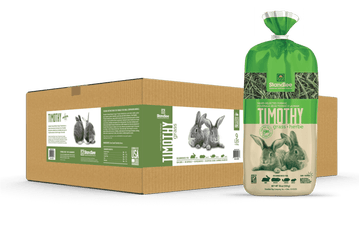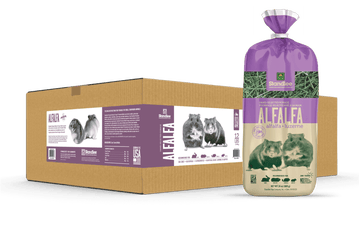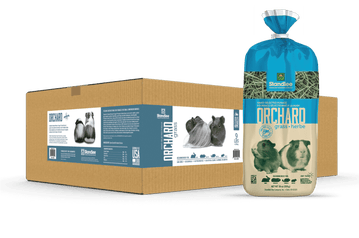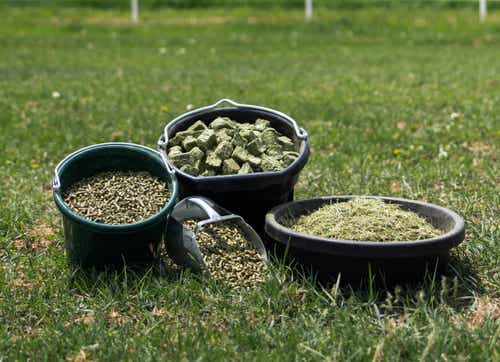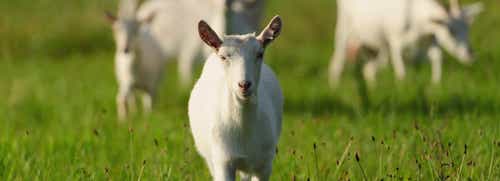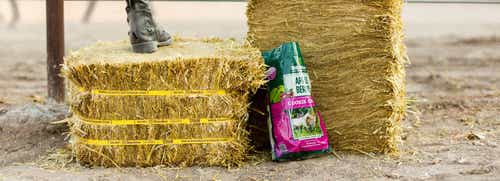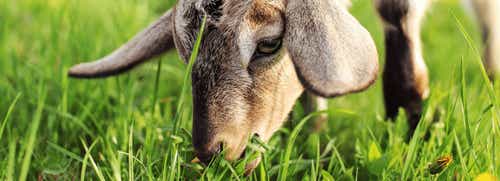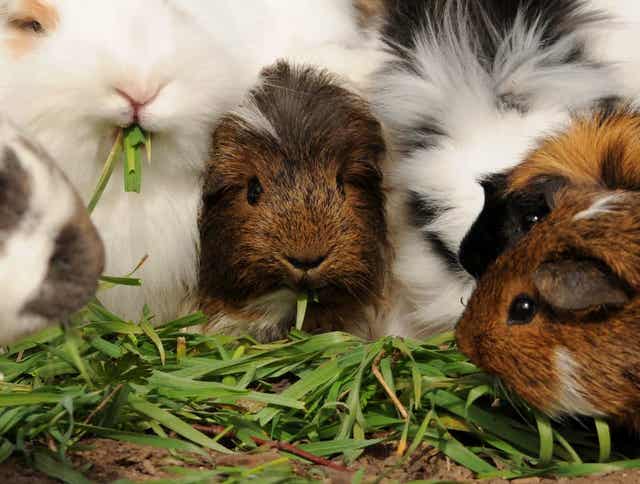
What type of forage is best for your small animal?
Did you know that providing supplemental long stem forage is both healthy and beneficial for your small animals? Have you ever wondered what type of forage your small animals should be eating? Dr. Duren helps us answer this question by giving an overview of feeding practices by small animal species.
Feeding Rabbits
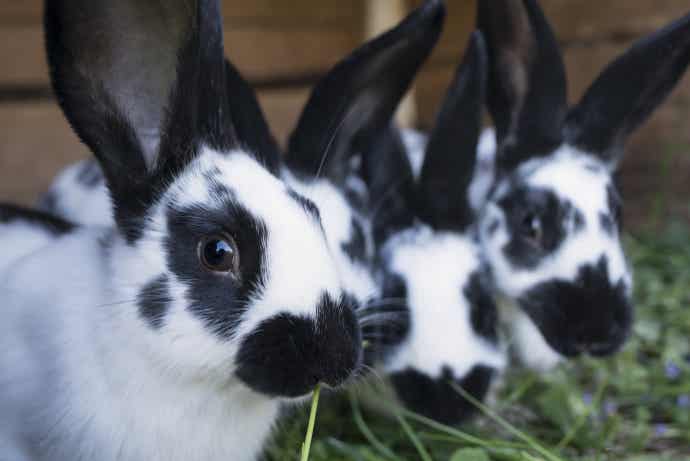
Start the feeding program with a formulated feed, intended for rabbits, that provides necessary levels of energy, protein, minerals, and vitamins. These formulated feeds would generally be in the form of a pellet. Most rabbits self- limit themselves on feed intake, and therefore, free-choice access to the formulated pellets is usually acceptable; however, some rabbits overeat to the extent of obesity. If overweight conditions are present, reduce the amount of pellets free-fed on a daily basis until the rabbit is at a healthy body condition.
Feeding supplemental long stem premium forage products along with pellets not only supplies important nutrients, but also assists with proper digestive function, helps reduce tooth overgrowth, and provides additional feeding activity – effectively reducing boredom.
For growth, pregnancy, and lactation, the supplement forage should be alfalfa with a minimum of 16% crude protein. Alfalfa can be provided in levels up to 20% of their total diet, for small animals in these life-stages.
For maintenance, supplemental hay (Timothy Grass, Orchard Grass or Alfalfa) can be fed up to 25% of the total diet.
Feeding Guinea Pigs & Chinchillas
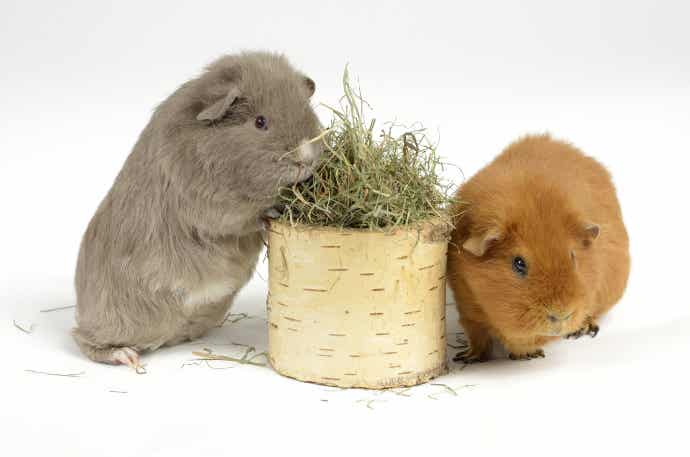
Feeds formulated specifically for guinea pigs and chinchillas are readily available in pellet formats, however, most manufacturers of such feeds usually provide only one such formulation. Ensure the formulated feed you choose for your guinea pigs includes adequate added amounts of vitamin C. Unlike other small animals, guinea pigs do not synthesize vitamin C, and therefore it must be added as part of a well-formulated guinea pig feed. Just like rabbits, the formulated pelleted feed can be given free choice.
While ideal diet fiber levels are somewhat lower for these animals, feeding supplemental premium long-stemmed forage serves as a good compliment to formulated pellets by supplying important nutrients, maintaining digestive function, and providing animal activity – effectively reducing boredom.
For growth, pregnancy, and lactation, the supplemental hay should be premium grade alfalfa with a crude protein of 16% or more. The supplemental alfalfa can account for up to 20% of the total diet.
For maintenance, supplemental hay (Timothy Grass, Orchard Grass or Alfalfa) can be fed up to 20% of the total diet.
Feeding Hamsters & Gerbils
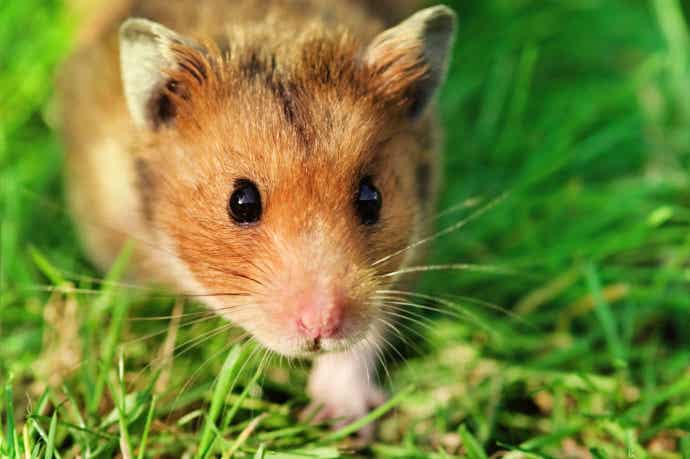
As is the case with rabbits and guinea pigs, hamsters and gerbils are also hindgut fermenters. Most manufactured formulated feeds for hamsters and gerbils are higher in protein and lower in fiber to match the digestive system of these animals and can be fed free choice. However, supplemental premium forage is still an important addition to their diets.
For growth, pregnancy, and lactation, the supplemental forage should be premium grade alfalfa with a crude protein of 16% or more. The supplemental alfalfa can account for up to 20% of the total diet.
For maintenance supplemental Timothy Grass, Orchard Grass or Alfalfa can account for up to 20% of the total diet.
Always remember to provide fresh, clean water at all times for all animals. Standlee recommends contacting your veterinarian with any specific questions regarding your animal’s diet.

